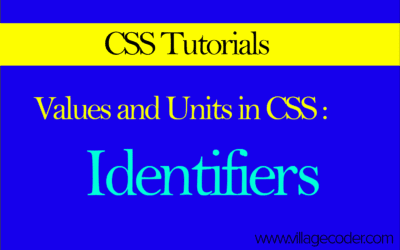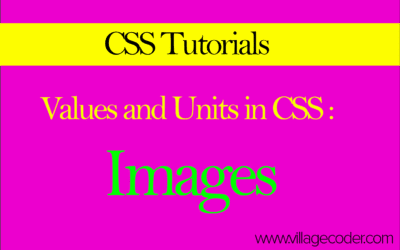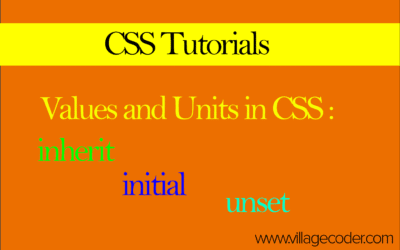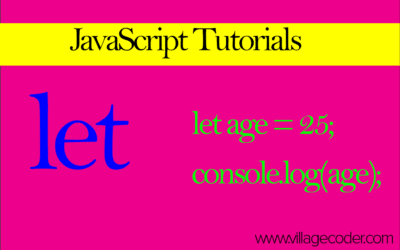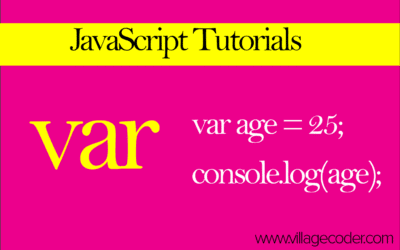The secret power of CSS identifiers, the tiny names that give you full control over your styles! Identifiers are custom CSS names you create. CSS treats similar names with different cases as unique. Used in list counters like...
Images in CSS
Did you know CSS can create images without using a single file? CSS uses URLs to display images. [crayon-695bc2290ece6998024998-i/] serves images by device quality. Gradients generate images with colors only. Useful for backgrounds, designs, and...
inherit, initial, unset in CSS
Tiny CSS keywords can reset, copy, or undo styles with just one word. Keywords control styles without numbers inherit copies, initial resets, unset smart reset all applies to most properties, safer to limit revert returns to browser/user defaults...
let – How to Use the ‘let’ Keyword in JavaScript
Still using [crayon-695bc22911ed0808254255-i/] in 2025? It’s time to level up. Discover why [crayon-695bc22911ede460652781-i/] is the smarter, safer way to declare variables in modern JavaScript—and how it can save your code from hidden bugs. ...
var – How to use the var keyword in JavaScript
Still using [crayon-695bc229147cc129150971-i/] in JavaScript? You might be setting silent traps in your code. Discover why modern developers are ditching [crayon-695bc229147da017253816-i/] for safer, smarter alternatives like [crayon-695bc229147de993892697-i/] and...
nth-of-type Pseudo-class
Learn how to use the nth-of-type() pseudo-class to style specific elements with precision and simplicity. The [crayon-695bc229157e2826360681-i/] pseudo-class selects elements by their position among siblings of the same type. It uses the formula...


